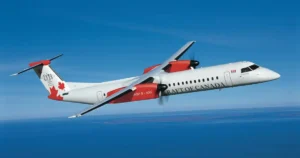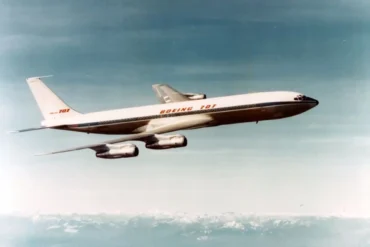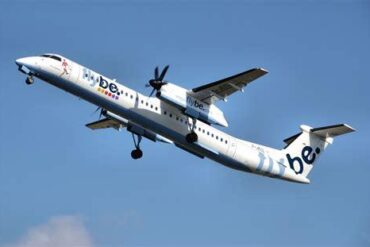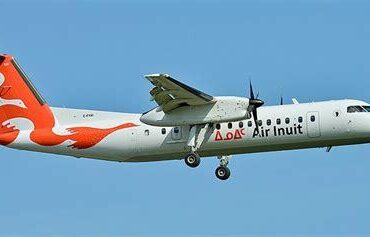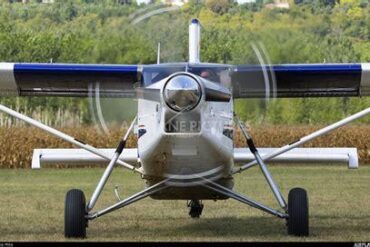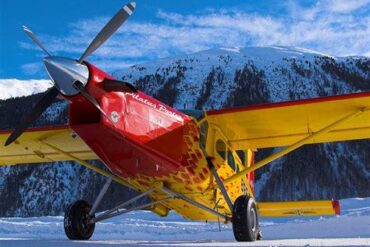Hey there! Let’s talk about the DHC 8, or as it’s more commonly known today, the Dash-8. You might think it’s a Bombardier aircraft, but its roots actually go back to the De Havilland Aircraft Company of Canada. Pretty cool, right?
This amazing aircraft is a twin-engine turboprop that’s used for regional transport. It’s designed to be super efficient and perform like a champ. The cool thing is, it’s way cheaper to maintain than its older sibling, the four-engine Dash-7.
When the Dash 8 first came out, it could carry about 36-39 passengers. But as time went on, they kept making bigger versions. Now, some models can seat up to 78 people! They even added some fancy noise-canceling tech to make the ride more comfortable.
The very first Dash 8-100 took to the skies on June 20, 1983. It started commercial flights with NorOntair on October 23, 1984. One of the neat features is its High T-tail, which helps reduce propeller wash. The long engine nacelles are pretty cool too – they actually house the rear-folding landing gear!

After the original model, they came out with the Dash 8-200. It could carry the same number of passengers but had more powerful engines and could handle more weight. Then came the Dash 8-300 in May 1987, which could seat 50 people. The even longer Dash 8-400 followed in January 1988.
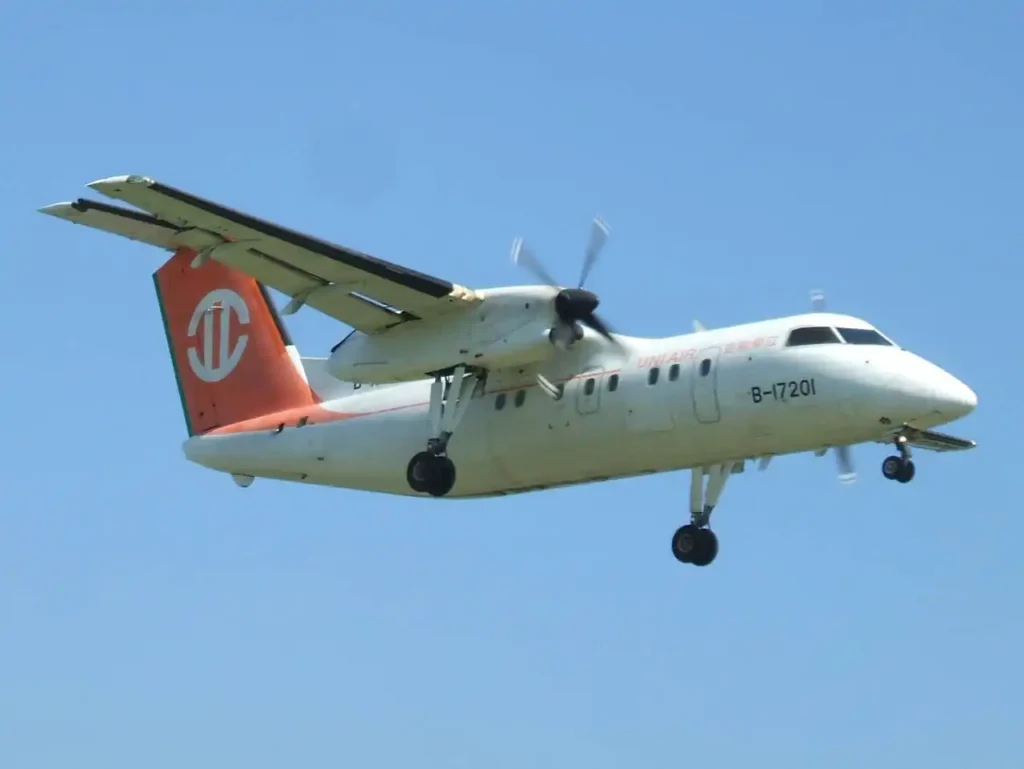
Now, here’s where things get interesting. In 1986, the Canadian government sold De Havilland Canada to Boeing. Boeing was in a bit of a competition with a new European aircraft maker called Airbus, so they used the De Havilland Canada name to strengthen their relationships with customers.
But then, when Air Canada said they wanted to buy Airbus planes, Boeing decided to sell De Havilland Canada. Bombardier Aerospace from Montreal ended up buying it in 1992. They made the Dash 8 even better by introducing the Q400, which became super popular for city airports because it’s so quiet.
Later on, a company called Viking Air bought all the rights to make De Havilland Canada planes. The Dash 8 family has been a huge success, with over 1,200 planes delivered. They’re still flying all over the world on regional routes.
They made a total of 671 of the 100, 200, and 300 series planes. They stopped making the 100 series in 2005, and the 200 and 300 in 2009. By September 2017, they had delivered a whopping 1,232 Dash 8 family aircraft! They’re still making the Q400 model today.
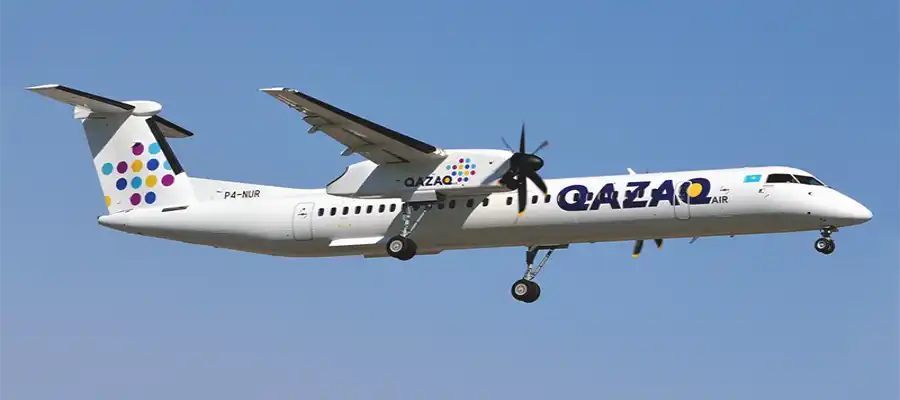
Let’s take a quick look at some of the specs for different Dash 8 models:
| Feature | Dash 8-100 | Dash 8-200 | Dash 8-300 | Dash 8-400 |
|---|---|---|---|---|
| Engines | Two 1,800 hp | Two 2,150 hp | Two 2,380 hp | Two 4,850 hp |
| Wingspan | 84 ft 11 in | 84 ft 11 in | 90 ft 0 in | 93 ft 2 in |
| Length | 73 ft 0 in | 73 ft 0 in | 84 ft 3 in | 107 ft 8 in |
| Max Weight | 34,500 lb | 36,300 lb | 43,000 lb | 67,200 lb |
| Passengers | 37 | 37 | 50 – 56 | 78 – 90 |
| Cruise Speed | 310 mph | 334 mph | 328 mph | 414 mph |
| Range | 1,174 miles | 1,065 miles | 968 miles | 1,567 miles |
Pretty cool how they’ve improved the plane over time, right?
Now, let’s talk about the different variants. There are quite a few, but I’ll give you the highlights:
- DHC 8-100 Series: This was the original model, with several sub-variants (101, 102, 103, 106). They could carry 37-39 passengers and had different weight capacities.
- DHC 8-200 Series: Similar to the 100, but with more powerful engines.
- DHC 8-300 Series: This one was stretched to fit 50-56 passengers. It’s about 11 feet longer than the 100/200 series.
- DHC 8-400 Series: The biggest of the bunch, it can seat up to 78 passengers in the standard layout, or up to 90 in high-density seating.
There were also some special versions made for specific purposes. For example, they made maritime patrol aircraft, military transport planes, and even a water bomber for fighting forest fires!
The latest version, the Q400, is still being produced today. It’s got an updated cabin and landing gear, and there’s even a version that can be quickly converted from carrying passengers to carrying cargo.
It’s pretty amazing to see how versatile the Dash 8 has been over the years. From its humble beginnings to all these different versions, it’s really made its mark in the world of aviation!
